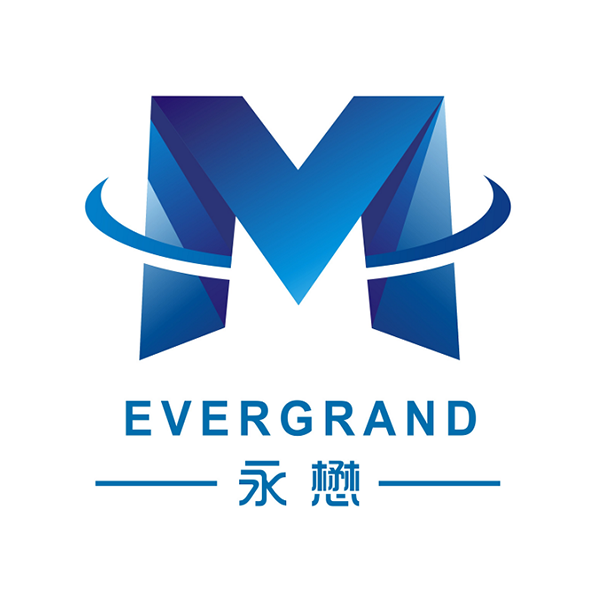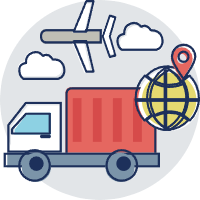In a world increasingly reliant on global trade and interconnected markets, managing global supply chain logistics has become more than just moving goods from one point to another. It’s a complex ecosystem that demands real-time coordination, advanced infrastructure, and strategic foresight. But beneath the surface of this massive logistical network lie hidden challenges that even the most experienced supply chain managers must confront.
The Complexity Behind Global Logistics Solutions
At its core, global logistics solutions involve the seamless integration of transportation, warehousing, inventory management, customs clearance, and real-time data analytics. While it may appear that products move effortlessly across continents, in reality, the coordination among multiple parties, varying compliance regulations, and infrastructure differences make global freight forwarding anything but simple. For instance, delays at a single customs checkpoint can ripple through the entire chain, especially when cross-border logistics solutions depend on just-in-time delivery models. Factors such as political instability, changes in trade regulations, or local labor strikes can severely disrupt supply continuity.
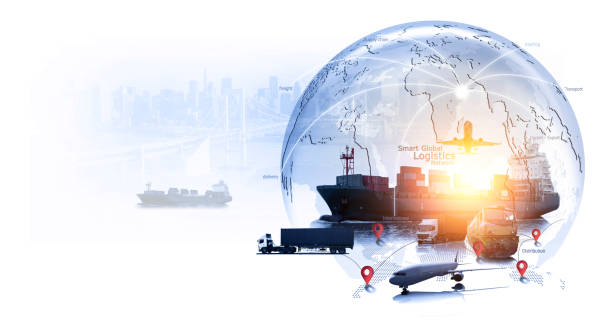
Regulatory Inconsistencies and Compliance Risks
One of the most overlooked challenges in global supply chain logistics is navigating the patchwork of regulations across different regions. A product that clears customs in the European Union may face entirely different documentation or labeling requirements in Southeast Asia or the Middle East. Global freight forwarding providers must constantly adapt to evolving compliance frameworks, tariffs, and trade agreements. This becomes particularly difficult when dealing with specialized or high-value shipments like pharmaceuticals, electronics, or automotive components. Non-compliance can lead to fines, product recalls, or permanent bans, all of which directly impact a business's bottom line.
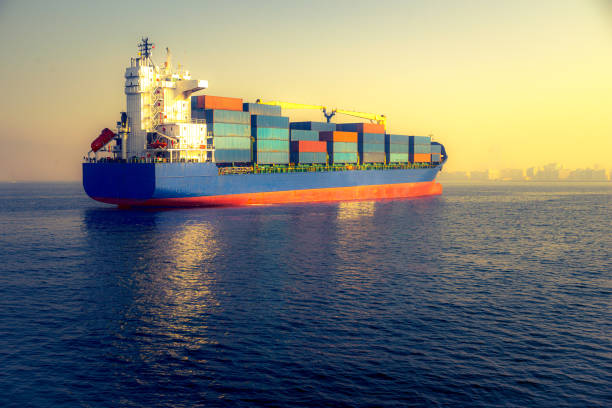
Lack of Visibility and Transparency
For many companies, one of the most frustrating aspects of managing a global supply chain is the lack of end-to-end visibility. Without real-time tracking and data integration, decision-makers are forced to rely on outdated information or third-party updates. This often results in missed delivery windows, excess inventory, or dissatisfied customers. Worldwide logistics providers are investing heavily in digital solutions—such as IoT sensors, AI-powered demand forecasting, and blockchain-based documentation—to improve transparency. However, the integration of these technologies across disparate systems and international partners remains an ongoing challenge.
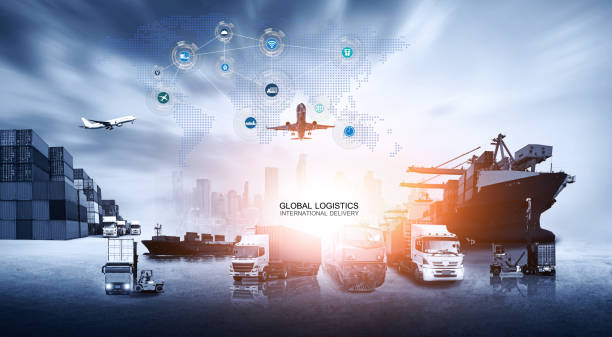
Infrastructure Gaps in Emerging Markets
While major logistics hubs such as Rotterdam, Singapore, and Los Angeles boast world-class port and transportation infrastructure, many emerging markets lag behind. Inadequate road networks, limited storage facilities, and underdeveloped last-mile delivery options present real hurdles for businesses trying to expand globally. Cross-border logistics solutions must account for these gaps by implementing flexible routing, working with reliable local partners, and building contingency plans. A failure to adapt to local infrastructure limitations can lead to missed opportunities in high-growth regions.
Rising Costs and Sustainability Pressures
Operating a global supply chain is expensive—and costs continue to rise. From fluctuating fuel prices to surging container fees and rising labor rates, businesses must constantly optimize their logistics strategies to maintain profitability. Moreover, with the growing emphasis on sustainability, companies are expected to reduce their carbon footprints while still offering efficient global logistics solutions. Balancing cost-efficiency with environmental responsibility is no easy task. Some global supply chain logistics providers are shifting toward electric fleets, carbon offset programs, and multimodal transportation models to reduce emissions without sacrificing delivery speed.
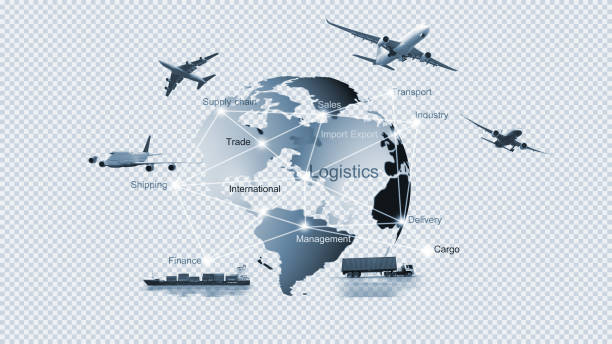
Labor Shortages and Talent Gaps
As automation increases, there is still a critical need for skilled personnel who understand the nuances of international logistics. Unfortunately, many regions face ongoing labor shortages, particularly in sectors like trucking, warehousing, and freight coordination. A worldwide logistics provider must not only invest in advanced systems but also build and retain a qualified workforce capable of handling complex logistics operations across borders. Training, competitive wages, and flexible working conditions have become essential tools in combating this challenge.
Conclusion: Navigating a Complex Global Network
Managing global supply chain logistics requires more than just choosing the right shipping routes or warehousing partners. The hidden challenges—ranging from regulatory complexities and infrastructure gaps to transparency issues and sustainability demands—can make or break a company’s success on the international stage. To stay ahead, businesses must partner with a trusted worldwide logistics provider that offers reliable global freight forwarding, advanced technology integration, and scalable cross-border logistics solutions. By acknowledging these hidden pain points and proactively addressing them, companies can transform their supply chains into strategic assets that drive resilience and global growth. Ready to overcome global supply chain challenges? Partner with experienced logistics professionals who understand the terrain and deliver beyond borders.
